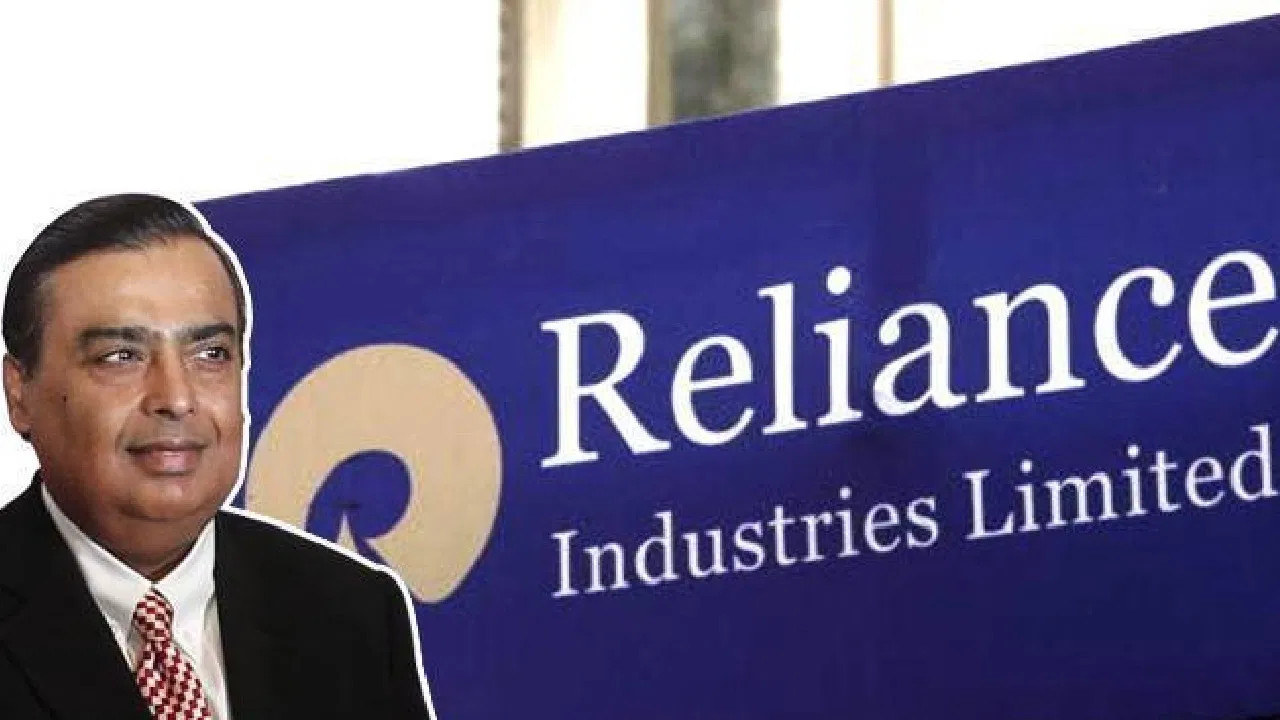Ghana
-
Trends

Ambani’s Reliance Sets Sights On New Horizon, Africa’s Telecom Market, Plans To Develop 5G Infra; The Contrasting Role Of India And China In Africa
Mukesh Ambani is set to replicate the success of his Indian telecom giant, Jio Infocomm Ltd. He is looking to…
Read More » -
Trends

Chocolate Crisis: The Sweet Trade World Loves!
Chocolate Crisis: The Sweet Trade World Loves! If you’ve recently gone chocolate shopping, you might have observed that your favorite…
Read More » -
Trends

World Cup: ‘The Hand of the Devil’ and why the Ghana-Uruguay game is such a big deal 2022
World Cup- A look back at the events of 2010, which brought tragedy to a continent and infamy to a…
Read More » -
Trends
Zipline begins US medical delivery with UAV program honed in Africa
Drones are being deployed in the fight to curb COVID-19 in the U.S. Novant Health and California based UAV delivery…
Read More » -
STARTUPS
Nigeria’s Helium Health raises $10M Series A for Africa expansion
Nigerian startup Helium Health sits in a good position during a difficult period, according to its co-founder. The Lagos based…
Read More » -
Trends
African fintech firm Flutterwave launches SME e-commerce portal
San Francisco and Lagos-based fintech startup Flutterwave has launched Flutterwave Store, a portal for African merchants to create digital shops to sell…
Read More » -
Trends
Africa’s tech ecosystem responds to COVID-19
In March, the virus gripping the world — COVID-19 — started to spread in Africa. In short order, actors across…
Read More »

